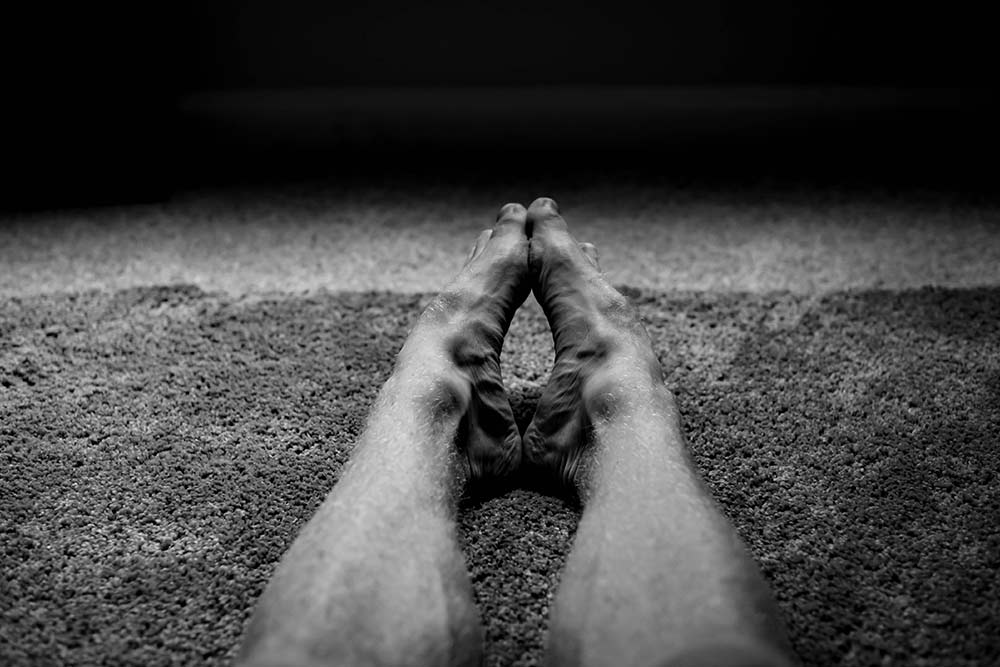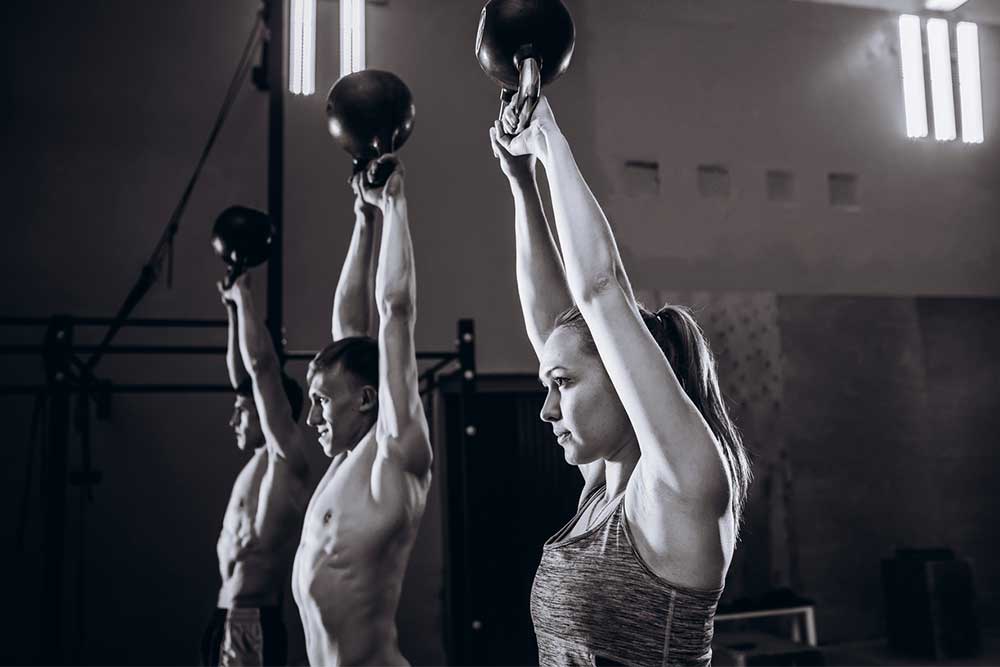The 4 Stages Of “Frozen” Shoulder

Ryan Cross, B.A. Hons (Kin), MScPT, FCAMPT
Registered Physiotherapist in Sarnia, Ontario, Canada
Anyone who has hurt their shoulder before can understand the difficulty reaching up for the coffee mug in the morning or tucking in their shirt before work. Shoulder pain is a common occurrence because your shoulder joint can move through a wide range of motion, increasing the chance of injury.
Most of the time if we wait long enough, the pain will go away. What happens when it doesn’t go away or gets worse? Shoulder pain can linger and in some cases develop into adhesive capsulitis. Adhesive capsulitis involves the shoulder joint capsule becoming very tight and restrictive. The tightness can be so severe, it prevents the shoulder from moving and it feels and looks as though the shoulder is “frozen” – another name for adhesive capsulitis is “frozen shoulder.” It is important to identify a frozen shoulder so it can be treated appropriately.
The shoulder joint is a synovial joint, meaning it has synovium lining the joint. The ligaments of the shoulder joint also combine to form a capsule around the joint. Frozen shoulder occurs due to inflammation of the joint capsule and synovium. Inflammation of these tissues causes increased tightness. As these tissues get tight, contractures can form, further restricting range of motion. The frozen shoulder can develop on its own (primary) or due to a known condition such as a fracture or prolonged immobilization (secondary).
Related Article: Improve Performance With Mobility Training
High Risk Factors
There are some factors that put a patient at a higher risk of developing frozen shoulder:
- Type I or Type II diabetes
- Elevated systemic inflammatory factors
- Thyroid disease
- Commonly occurs between ages 40-65
- Gender; women appear to be affected more commonly than men
- Prolonged immobilization
- Trauma
- Autoimmune disease
The patient’s history of the shoulder pain and a physical examination can help confirm a frozen shoulder diagnosis. The patient will usually describe the pain as coming on gradually, but getting progressively worse. The pain can be severe enough to cause sleep disturbances. The patient will also describe how the pain comes on at the end range of movement, with the movement feeling restrictive.
On physical examination, the range of motion will be especially painful and limited in external rotation (ie. keeping the arm at your side with elbow bent, turning the hand out) and lifting the arm overhead. Active and passive movements will be equally limited. Functional activities such as reaching overhead, behind the back, or out to the side become increasingly difficult due to pain and/or stiffness. These symptoms have generally been going on for at least one month. A physical therapist can confirm a diagnosis and guide an appropriate treatment plan in cases of frozen shoulder.
Ice packs can help reduce inflammation and discomfort. Another temporary solution to help with shoulder pain is a brace, such as this one:
Related Article: Strengthen Your Rotator Cuff
Four Stages
The clinical course of frozen shoulder follows four stages:
Stage 1:
- Sharp pain at end range of motion (ROM)
- Achy pain at rest
- Sleep disturbances
- Minimal loss of range of motion; early loss of external rotation
- Lasts approximately 3 months
- Consider pain relief cream as a way to alleviate aches
Stage 2:
- “Painful” or “Freezing” Stage
- Gradual loss of range of motion in all directions due to pain
- Lasts 3-9 months
Stage 3:
- “Frozen” Stage
- Pain and loss of motion
- Lasts 9-15 months
Stage 4:
- “Thawing” Stage
- Pain begins to resolve
- ROM improves, but can persist up to 2 years after the onset of symptoms
 A physical therapist can provide treatment interventions for each stage of recovery. Each patient presents differently based on the stage they are at and how painful the shoulder is at that time. To help address pain, some treatment modalities might include ultrasound, heat, electrical stimulation, or acupuncture. As pain improves, the physical therapist will begin to use manual therapy to help the shoulder joint move better. Throughout the process, it is important for the patient to complement treatments with exercises such as walking, gentle stretching, and in the later stages, strengthening and neuromuscular retraining. A physical therapist has the knowledge and skills to help guide you through the stages of frozen shoulder faster, minimize pain during these stages, and maximize your function long term.
A physical therapist can provide treatment interventions for each stage of recovery. Each patient presents differently based on the stage they are at and how painful the shoulder is at that time. To help address pain, some treatment modalities might include ultrasound, heat, electrical stimulation, or acupuncture. As pain improves, the physical therapist will begin to use manual therapy to help the shoulder joint move better. Throughout the process, it is important for the patient to complement treatments with exercises such as walking, gentle stretching, and in the later stages, strengthening and neuromuscular retraining. A physical therapist has the knowledge and skills to help guide you through the stages of frozen shoulder faster, minimize pain during these stages, and maximize your function long term.
Related Article: When You Should Go See A Physical Therapist
Takeaway
Frozen shoulder involves severe pain and stiffening of shoulder motion. It comes on gradually and follows four lengthy stages. Although it can be a debilitating condition, there is help from a physical therapist to maximize your function and limit pain. Get treatment right away before the condition worsens!
You Might Like:











